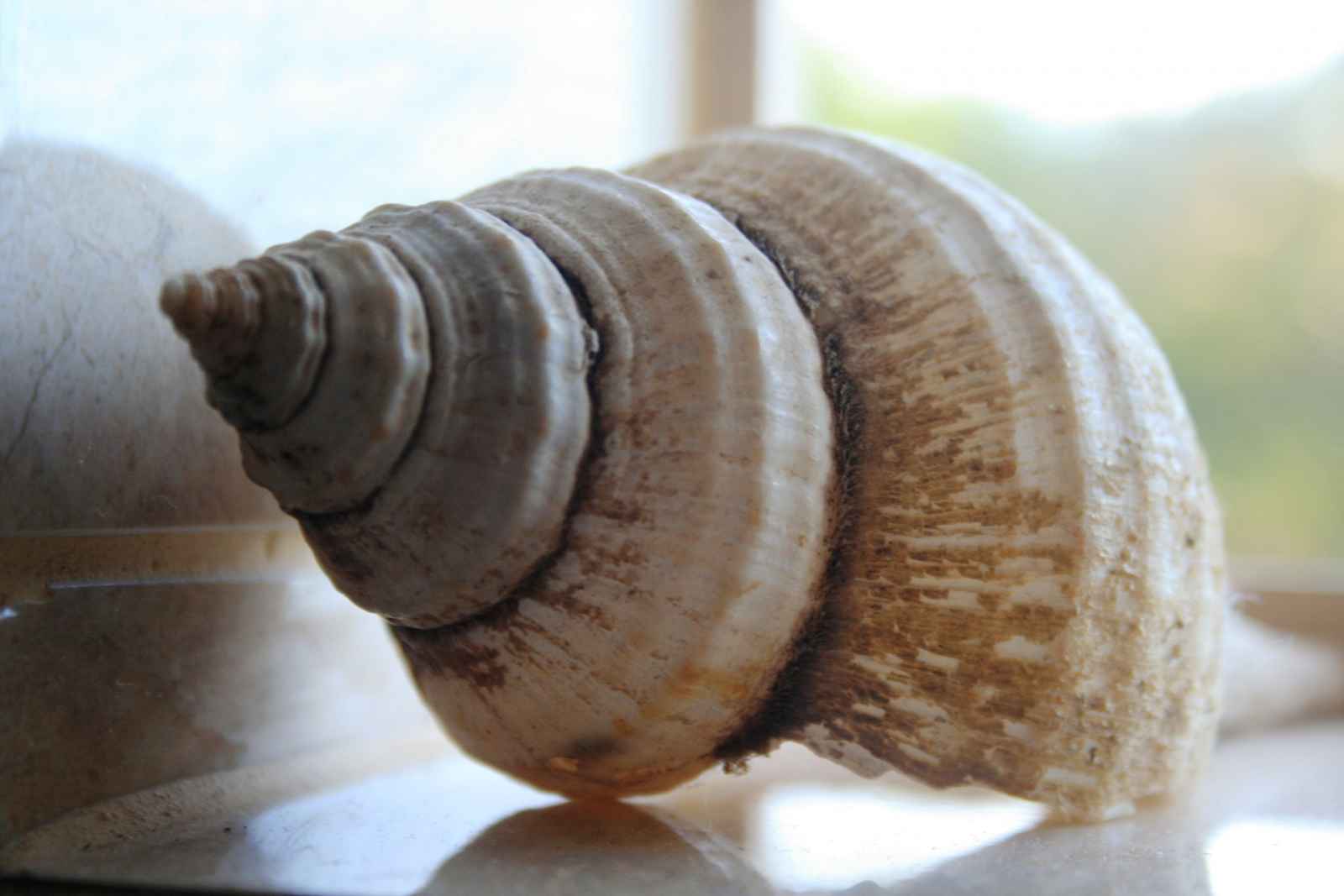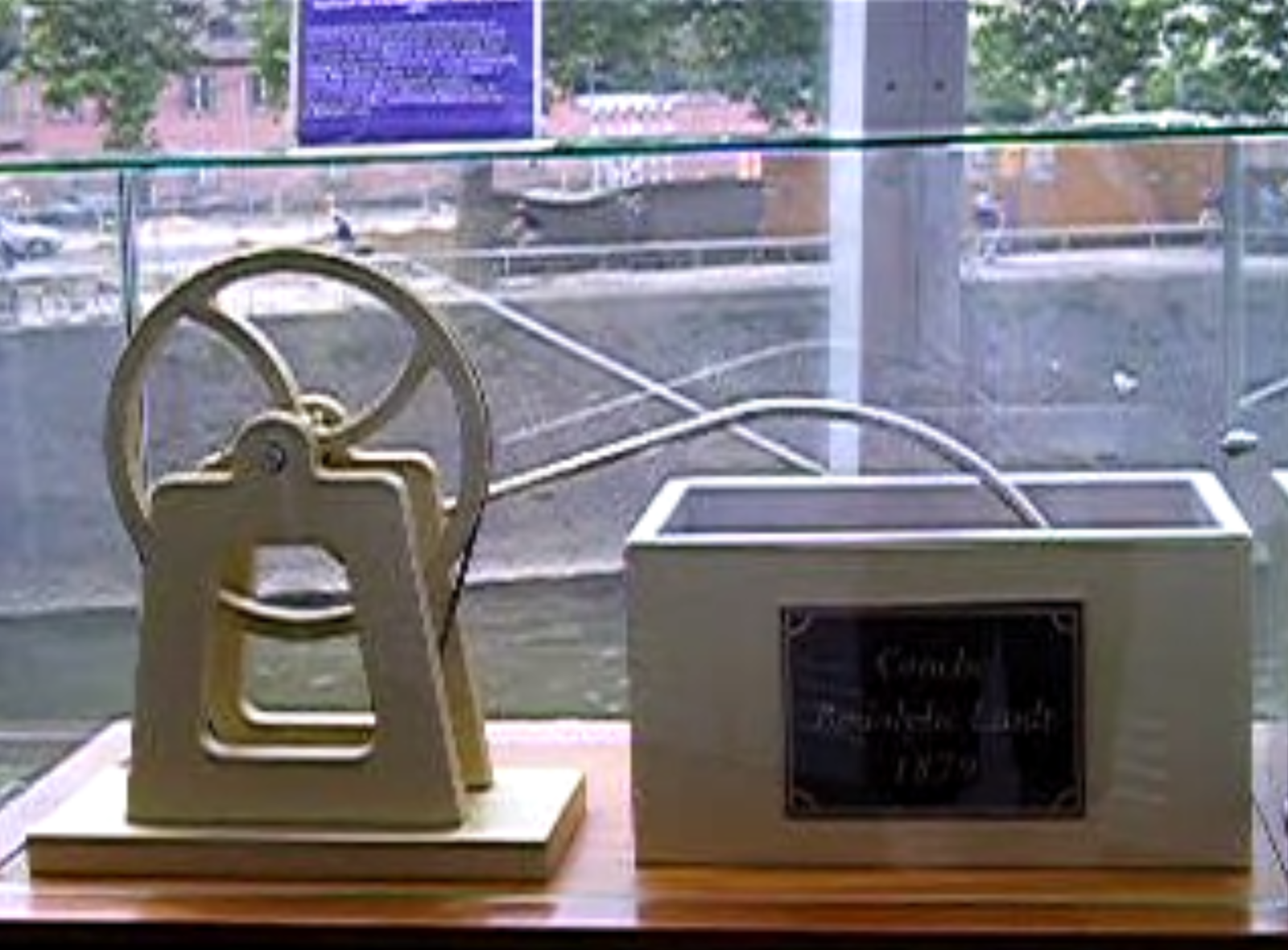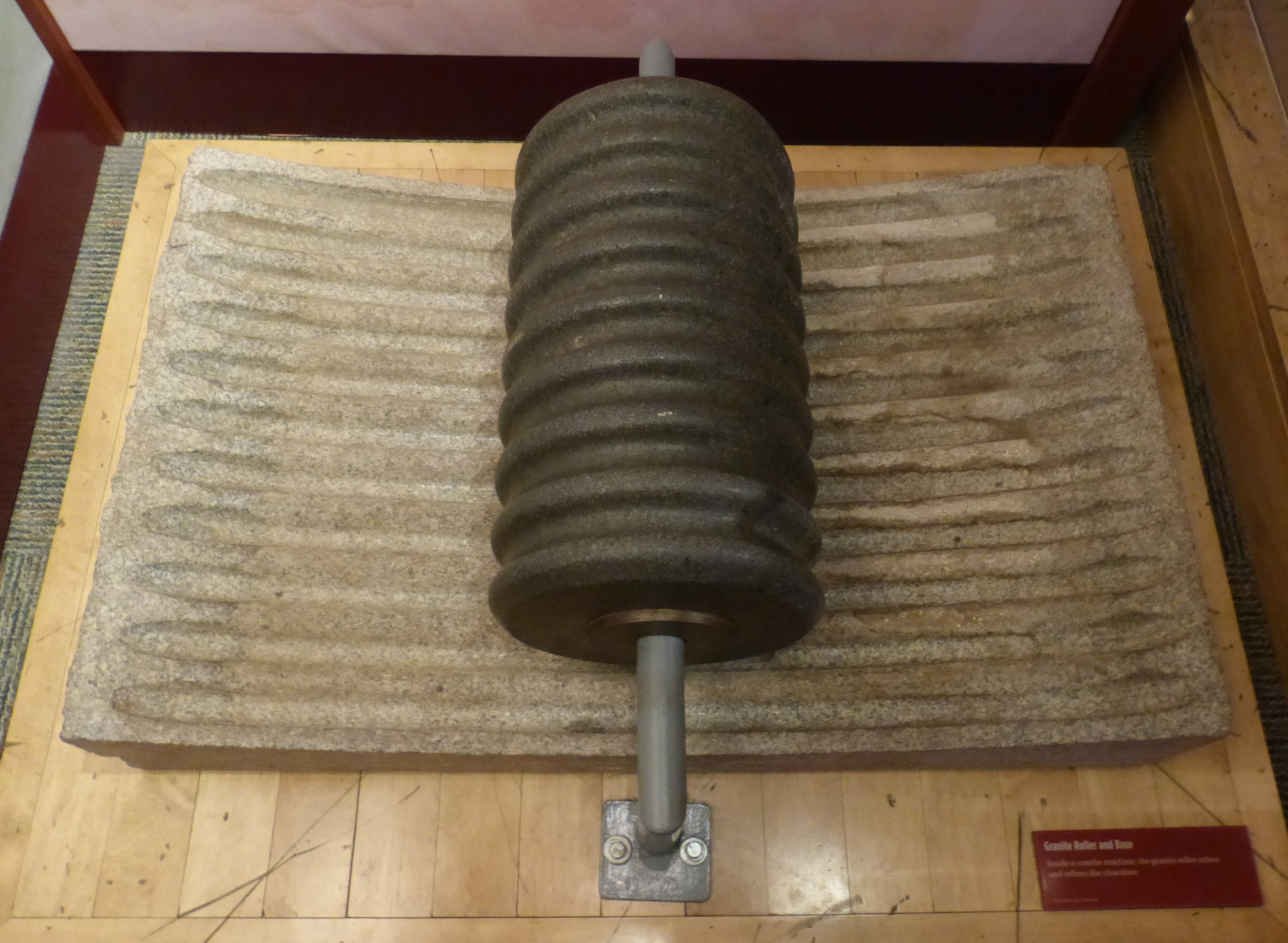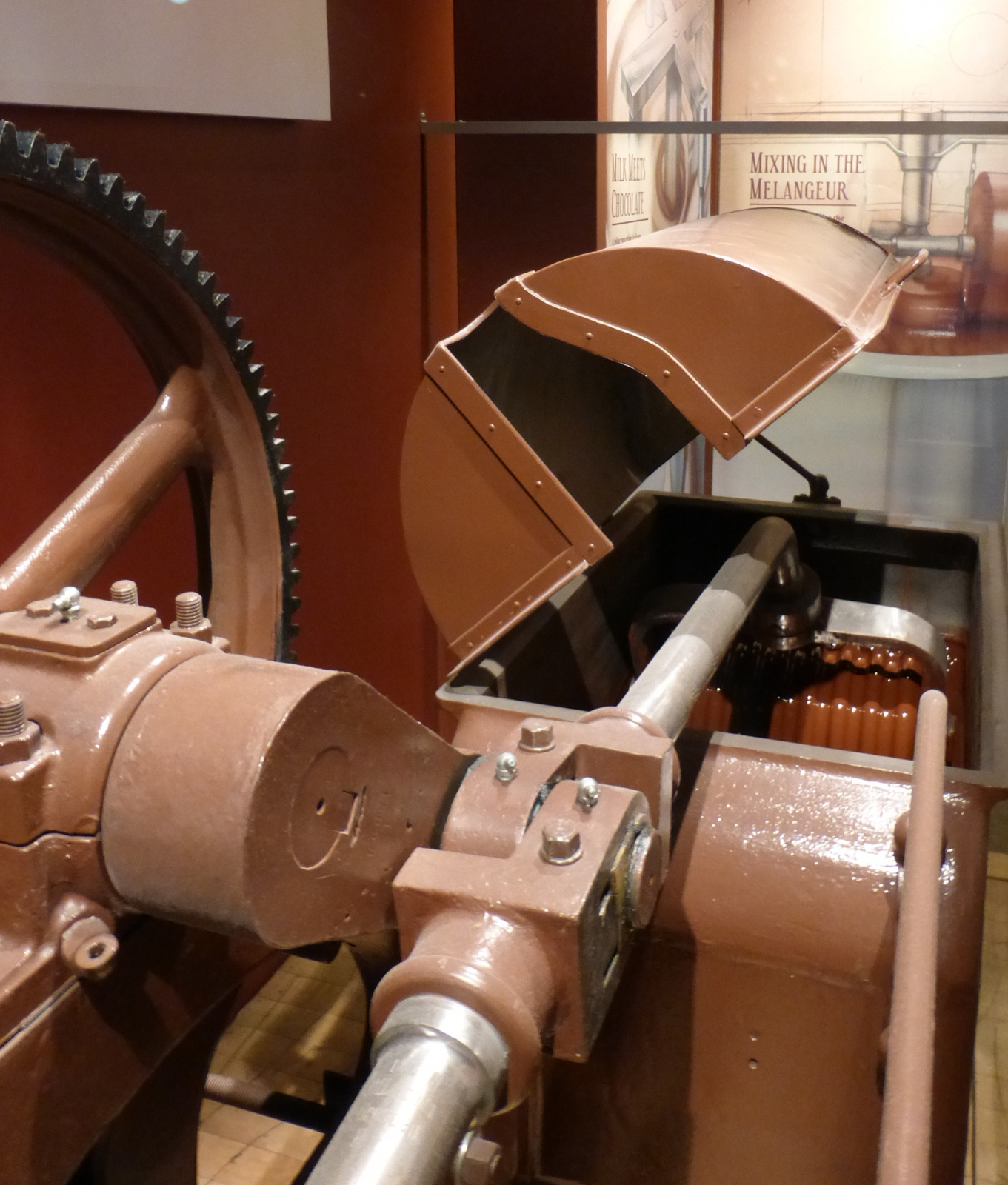Rodolphe Lindt
by Andy Boyd
Today, smooth. The University of Houston presents this series about the machines that make our civilization run, and the people whose ingenuity created them.
For many people, there's nothing quite as satisfying as biting into good quality chocolate. The sweetness. The subtle smoothness as it melts on the tongue. But that's not the way we find it in nature. A lot of processing takes place first. And one of the most important breakthroughs in making chocolate occurred in 1879 in Bern, Switzerland.

Lindt petits desserts. Photo Credit: Wikimedia Commons.
Chocolate's been around for millennia. Central and South American cultures are known to have prepared it in much the same way we now prepare coffee. The bitter drink found its way to Europe as the result of the Spanish conquests and colonization of the Americas. In Spain, the drink became popular as sweeteners and flavorings were added. Other European countries joined the trend, adding their own special flavor enhancements to the hot beverage. Such would remain the state of chocolate consumption for roughly another three centuries.

A woman (Aline Masson) drinking a cup of chocolate, in a canvas by Raimundo Madrazo. Photo Credit: Wikimedia Commons.
The early eighteen-hundreds saw serious efforts to develop chocolate in solid form. But one problem in particular stood out: the texture of the finished product. Imagine hard, brittle chocolate. Or chocolate that required chewing.
Rodolphe Lindt set about to fix things. Lindt was pharmacist, like his father and brother. But he apprenticed with a chocolate maker and at age twenty-four decided to set up his own chocolate shop and do some experimenting.
Inside the shell of each cocoa bean is the nib, from which cocoa is made. Over half of the nib is a natural oil called cocoa butter. Chocolate production begins by pressing the nibs to arrive at an oily paste. From there, it's up to the chocolate maker to decide how he wants to proceed.
Lindt tried what he could — different ingredients, different mixing processes, including additional cocoa butter -- but nothing seemed to work. Until, as legend has it, an employee failed to turn off a special mixing machine on a Friday night. Lindt returned Monday morning, dismayed to find the mixer still running. But the chocolate he discovered had an amazing consistency and aroma. It was delicious.
The actual events leading to the discovery remain a mystery. But the process, known as conching, is a mainstay of modern chocolate production. The constant mixing creates a smoother texture, but it also produces frictional heat which changes the chemical composition of the chocolate. Fine chocolates tend to be conched for longer than their less expensive cousins. But short or long, conching's tailored to bring about desired characteristics in the finished product. It's as important to making chocolate as the ingredients that go into the mix.
And why is it called conching? Here again, legend has it that the early machines bore a resemblance to conch shells. But I'll leave that for you to decide. Pictures can be found on the Engines website.

Concentric Conch Sea Shell. Photo Credit: Public Domain Pictures.

Rodolphe Lindt's Conchiermaschine. Photo Credit: Wikimedia Commons.

Granite roller and Granite base of a conche used by Hershey in the early 1900s. Photo Credit: Wikimedia Commons.

Hershey Conche in the early 1900s made by J.M. Lehmann in Dresden / Paris. Photo Credit: Wikimedia Commons.
I'm Andy Boyd at the University of Houston, where we're interested in the way inventive minds work.
(Theme music)
Chocolate. From the Wikipedia website: https://en.wikipedia.org/wiki/Chocolate. Accessed July 25, 2016.
Conche. From the Wikipedia website: https://en.wikipedia.org/wiki/Conche. Accessed July 25, 2016.
The Invention of Lindt Chocolate. From the Lindt website: http://www.chocolate.lindt.com/world-of-lindt/lindt-in-history/the-invention-of-lindt-chocolate/. Accessed July 25, 2016.
Rodolphe Lindt. From the Wikipedia website: https://en.wikipedia.org/wiki/Rodolphe_Lindt. Accessed July 25, 2016.
This episode was first aired on July 28, 2016